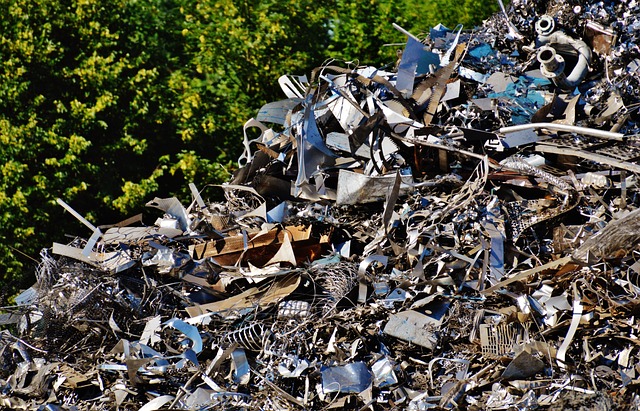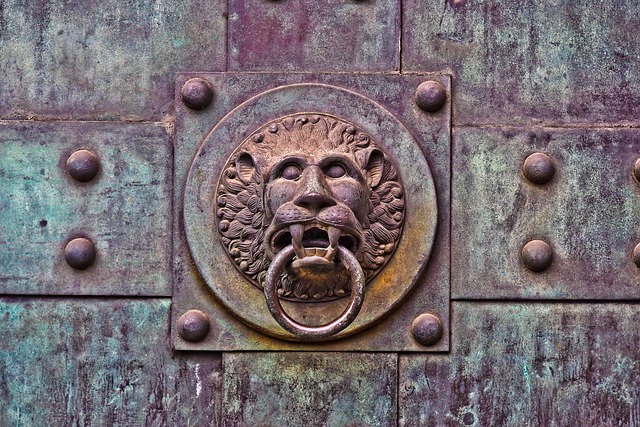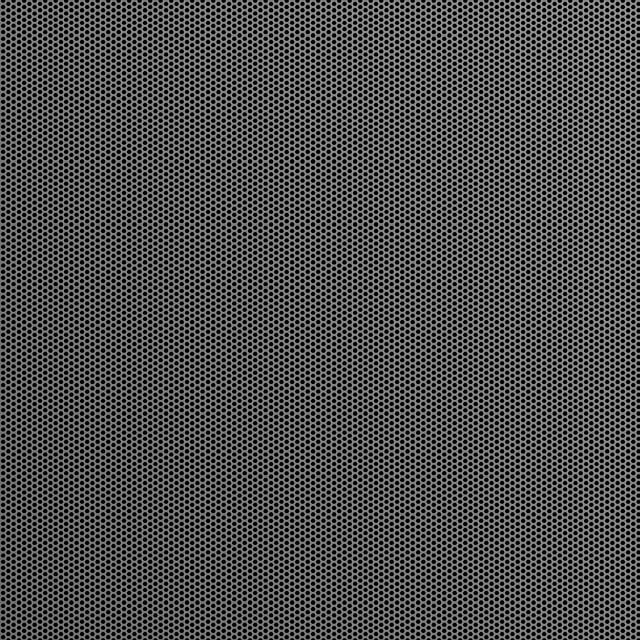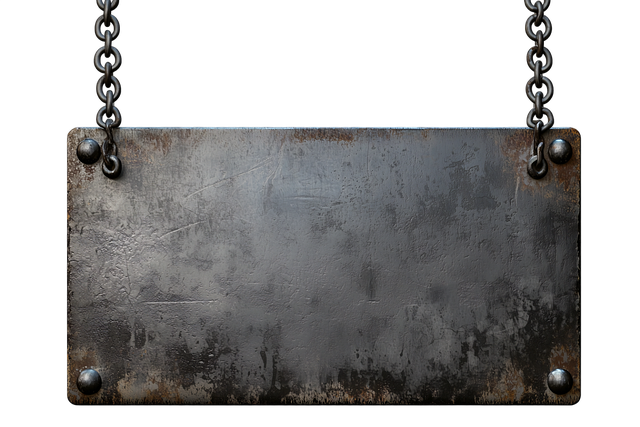Metal's role in modern commercial architecture transcends traditional uses, now serving as a catalyst for architectural innovation and a medium for artistic expression. The advancement of fabrication techniques has revolutionized the use of metal, enabling complex designs that seamlessly integrate form and function. These innovations have led to the creation of visually striking, durable metal elements that contribute to unique brand identities in urban settings. Bespoke metalwork not only elevates building aesthetics but also supports sustainable design by promoting low-maintenance and green architecture principles. The use of metals like aluminum and steel, which are highly recyclable and durable, aligns with circular economy practices by optimizing resource use and minimizing waste throughout a building's lifecycle. These materials are responsibly sourced to ensure they can be recycled indefinitely without loss of quality, contributing to reduced carbon footprints in construction and maintenance. Metal cladding, particularly stainless steel facades, has become a defining feature in urban architecture, symbolizing the intersection of artistic expression and technological advancement. These facades are characterized by their resilience, low-maintenance properties, and adaptability to various climates, making them an economical choice for long-term investment. They also play a crucial role in energy conservation by deflecting sunlight and mitigating heat absorption. The precision engineering behind these facades ensures durability against environmental elements, and their customizable finishes allow them to reflect a building's unique brand identity while adhering to sustainable design practices. Metal's versatility, sustainability, and aesthetic appeal continue to influence the future of commercial space design, aligning with contemporary aesthetics and ecological concerns.
Innovation continues to reshape the commercial landscape, with metal designs playing a pivotal role. This article delves into the transformative impact of these materials on modern architecture, highlighting their sustainability and aesthetic prowess. We explore how cutting-edge metal cladding techniques elevate contemporary structures, and reveal the intricate blend of artistry and engineering behind stainless steel facades in urban development. Join us as we examine the forefront of metal design in commercial properties, where form meets function, and durability aligns with beauty.
- Exploring the Frontiers of Metal Design in Commercial Architecture
- The Role of Sustainable Metals in Modern Commercial Spaces
- Cutting-Edge Metal Cladding Techniques for Contemporary Buildings
- The Artistry and Engineering Behind Stainless Steel Facades in Urban Development
Exploring the Frontiers of Metal Design in Commercial Architecture

Metal has transcended its traditional roles in construction, becoming a canvas for architectural innovation and artistic expression in commercial architecture. Modern advancements in metal fabrication techniques have unlocked new possibilities, allowing designers to push the boundaries of form and function. These technologies enable the creation of intricate designs with superior strength and durability, making metal an increasingly popular choice for creating striking visual elements that capture attention and convey brand identity. Buildings adorned with bespoke metalwork not only stand out in urban skylines but also offer a sustainable and low-maintenance solution that aligns with the principles of green architecture.
The integration of innovative metal designs is a testament to the evolution of commercial spaces, which now serve as both functional entities and avant-garde masterpieces. Architects and designers are leveraging the versatility of metal to craft facades that are not only visually arresting but also energy efficient. The thermal properties of metal contribute to better temperature regulation within buildings, reducing reliance on artificial heating and cooling systems. Furthermore, the use of recyclable metals aligns with the industry’s growing commitment to environmental stewardship, making these advancements in metal design both a reflection of modern aesthetics and a responsible choice for the future of commercial property development.
The Role of Sustainable Metals in Modern Commercial Spaces

In contemporary commercial spaces, sustainable metals play a pivotal role in both enhancing aesthetics and promoting environmental stewardship. These materials are not only versatile in design but also contribute to reducing the carbon footprint associated with construction and maintenance. For instance, aluminum and steel, when sourced responsibly, can be recycled repeatedly without degrading in quality, making them eco-friendly choices for everything from structural supports to architectural facades. Moreover, the durability of these metals ensures longevity, which aligns with the principles of a circular economy where resources are used efficiently and waste is minimized.
The selection of sustainable metals in commercial design also encompasses considerations such as the lifecycle analysis of materials, which evaluates the environmental impact from extraction to end-of-life disposal or recycling. This analytical approach ensures that the metals chosen have a lower embodied energy and are less resource-intensive to produce, thereby reducing the overall environmental impact of the building. Furthermore, the integration of these materials into the design not only aligns with corporate sustainability goals but also appeals to environmentally conscious consumers, tenants, and clients who prioritize green building practices.
Cutting-Edge Metal Cladding Techniques for Contemporary Buildings

In the realm of modern architecture, innovative metal cladding techniques are revolutionizing the aesthetic and functional capabilities of contemporary buildings. These advanced methods involve precision engineering and sophisticated materials that offer both a sleek visual appeal and enhanced durability. Metal cladding not only elevates the design element of a structure but also provides superior insulation and weather resistance, making it a smart choice for sustainable building practices. Architects are experimenting with metal alloys that reflect light to reduce solar heat gain, thereby improving energy efficiency. These materials are often pre-fabricated off-site, which streamlines the construction process and minimizes waste. The result is a building facade that combines cutting-edge design with environmental responsibility, setting a new standard in architectural innovation.
The integration of modern metal cladding systems goes beyond mere aesthetics; it’s a testament to the ingenuity of contemporary construction methods. These systems are designed to adapt to various environmental conditions and are engineered to withstand extreme weather patterns without compromising the integrity of the building envelope. The versatility of metal allows for a wide range of finishes, including smooth, textured, or even bespoke patterns that can be tailored to the unique brand identity of commercial properties. Additionally, the longevity and low maintenance requirements of these cladding solutions make them a cost-effective investment over time, offering both long-term value and visual impact for commercial buildings aiming to stand out in a competitive landscape.
The Artistry and Engineering Behind Stainless Steel Facades in Urban Development

In the realm of urban development, stainless steel facades stand out as a testament to the harmonious blend of artistry and engineering innovation. These facades are more than mere surfaces; they are canvases that architects and designers use to infuse functionality with aesthetic appeal. The choice of stainless steel is informed by its durability and low maintenance properties, which ensure longevity and a consistent appearance over time. The alloy’s reflective sheen and malleability allow for intricate designs and patterns that can transform the visual identity of commercial properties. Advanced fabrication techniques enable designers to manipulate metal into complex geometries, creating structures that are both visually striking and structurally sound. These facades not only enhance the visual appeal of buildings but also contribute to energy efficiency by reflecting sunlight and reducing heat absorption.
The engineering prowess behind stainless steel facades is rooted in a deep understanding of material properties and innovative design principles. Engineers meticulously calculate stress, load distribution, and thermal expansion to ensure the facades withstand environmental pressures without compromise. The integration of technology such as laser cutting and computer numerical control (CNC) machining allows for precise execution of intricate designs. This results in a skin that is not only resistant to corrosion and weathering but also capable of adapting to the dynamic aesthetic preferences of urban landscapes. As such, stainless steel facades are poised to remain a key element in the evolution of commercial property design, offering a fusion of form and function that reflects contemporary sensibilities in architectural innovation.
In conclusion, the innovative applications of metal designs in commercial properties are not just a testament to architectural evolution but also a commitment to sustainability and aesthetic excellence. As explored, the frontiers of metal design in commercial architecture are being pushed further by integrating sustainable materials, advanced cladding techniques, and the artistry and engineering prowess behind stainless steel facades. These developments underscore a shift towards more resilient, sustainable, and visually appealing urban landscapes that can withstand the test of time while enhancing the aesthetic appeal of our cities. Embracing these innovative metal designs, commercial properties are not only making a statement about their commitment to modernity but also to environmental stewardship. This evolution in metal design is set to redefine the skyline and leave an indelible mark on the future of commercial architecture.
